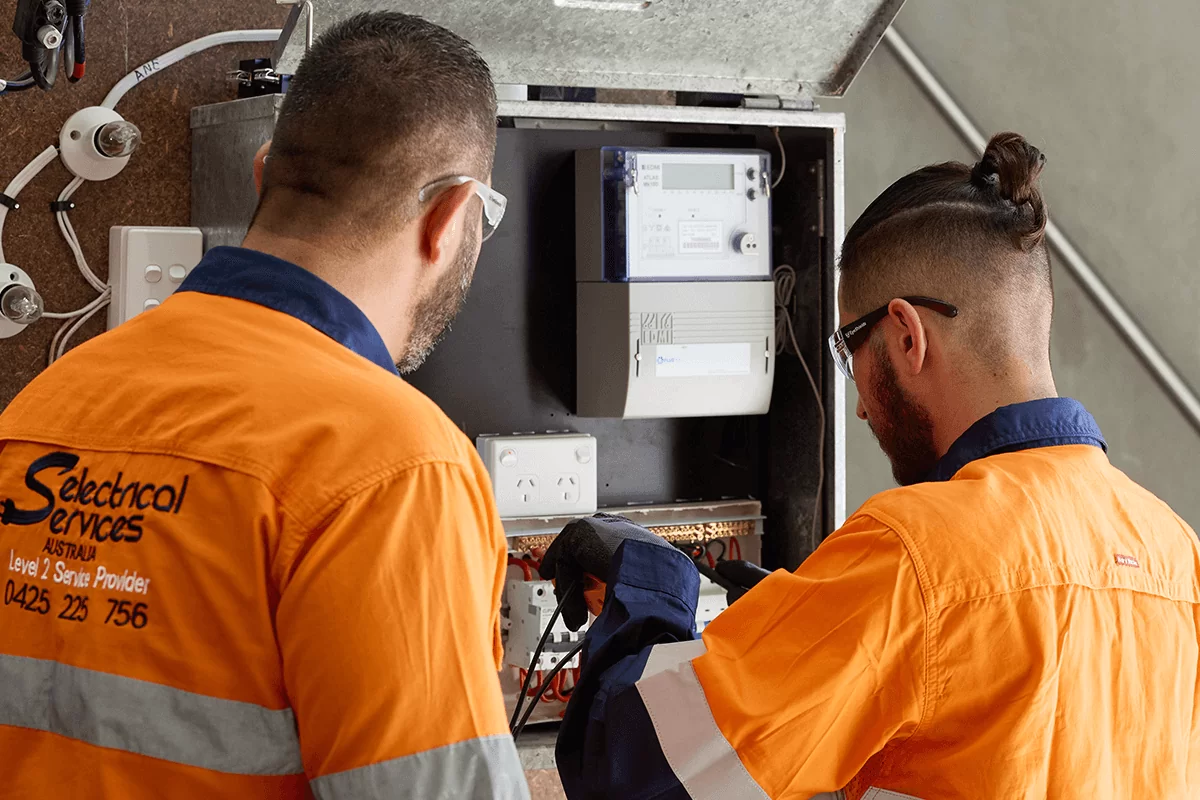News & Resources
Electricity meters have come a long way from the spinning discs and manual readings of the past. Today’s smart meters are intelligent devices that give you and your electricity retailer real-time information about your energy use.
In this article, we’ll explain how smart meters work, why they’re more accurate than old meters, and how they can save you time and money.
How Smart Meters Work
A smart meter measures your property’s electricity usage digitally and transmits that data automatically to your retailer. It uses secure wireless communication to send readings, often every 15-30 minutes.
Key functions:
- Tracks both energy usage and (for solar homes) energy export
- Records usage in detailed time intervals
- Communicates usage data remotely no meter reader required
The Difference Between Smart Meters and Old Meters
Old meters:
- Require manual readings every 3 months
- Can be less accurate, especially with high-demand appliances
- Only show total consumption, not when energy is used
Smart meters:
- Provide near real-time usage data
- Enable time-of-use tariffs for cheaper off-peak rates
- Offer better support for solar and battery systems
Benefits of Smart Meters
- Accurate Billing No more estimated bills
- Energy Tracking Identify when you use the most electricity
- Support for Solar Accurately measure export and usage
- Remote Connection & Disconnection Faster move-ins/outs
- Improved Safety Alerts for abnormal energy patterns
Why Upgrade Now
The NSW government and network providers are progressively replacing old meters. Retailers often schedule upgrades when a meter fails or when you change plans. Being proactive ensures you get the benefits sooner.
Upgrading to a smart meter is a simple step that offers big advantages from accurate bills to better energy management.






